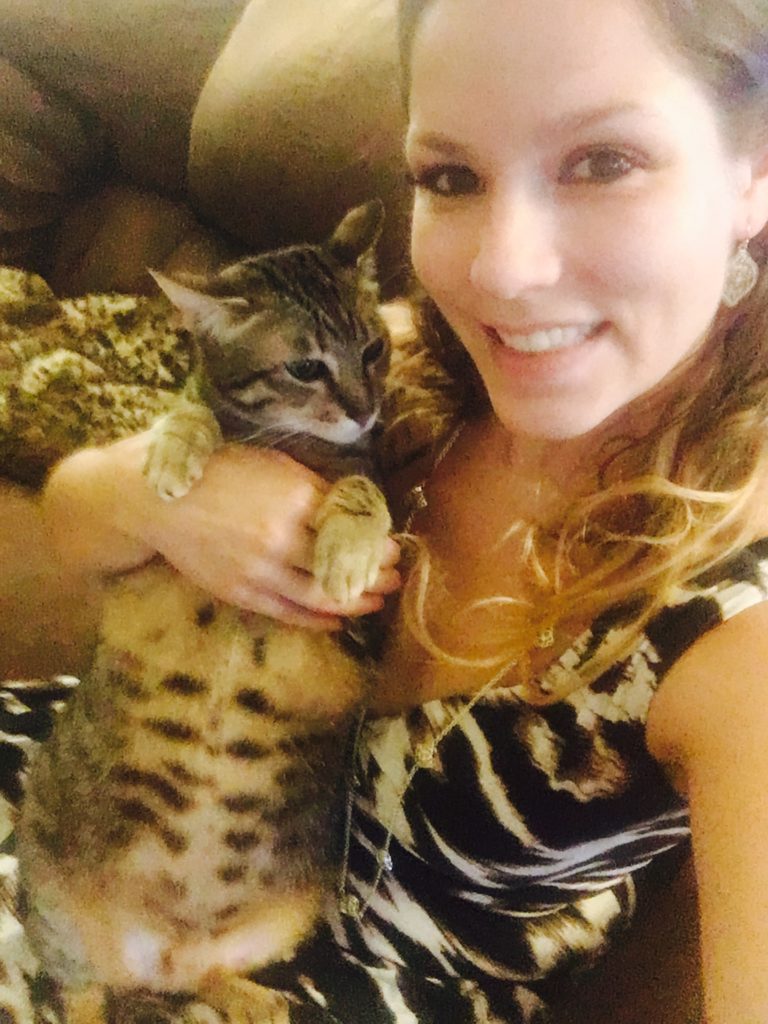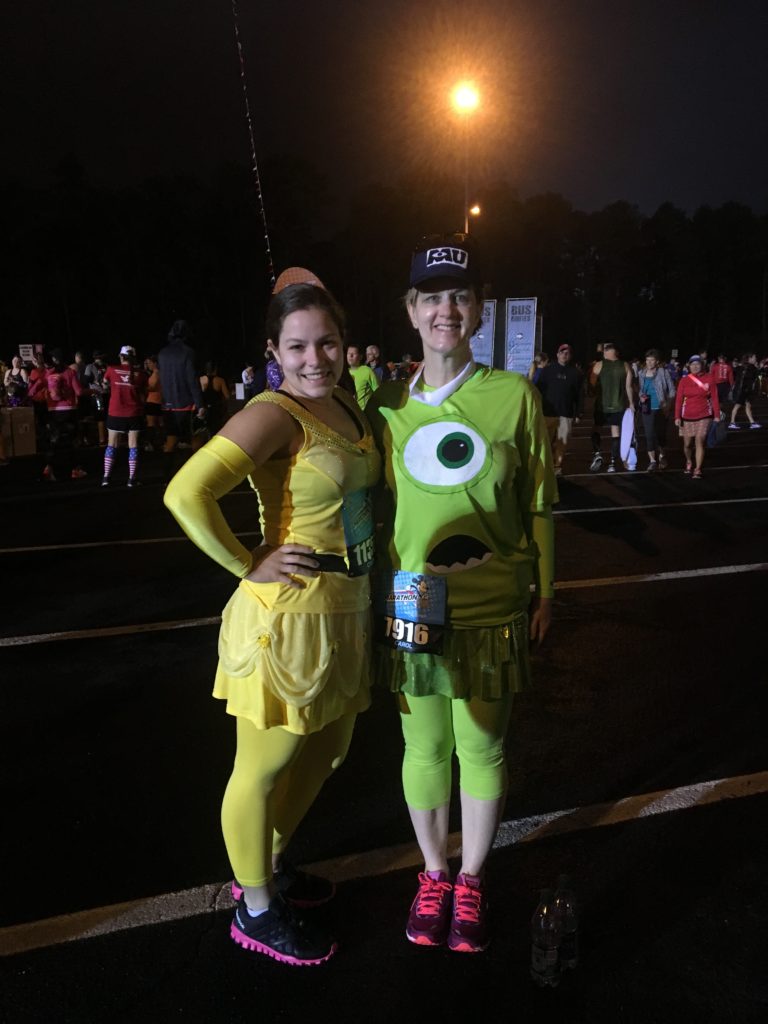The ISHI agenda is live and includes great talks from amazing speakers! While the forensic community is a tight-knit group, we can always get a little closer, right? With that in mind, we interviewed our speakers to preview their presentations and to get to know them a little better outside of their work. We’ve been posting their responses in a feature we like to call Under the Microscope.
Today, we’re chatting with Cristina Rentas, who will be presenting It Runs in the Family or Does it? Using Probabilistic Genotyping to Evaluate Possible Familial Relationships in Complex Mixtures during the General Sessions on Wednesday, October 4th.
For those who may not be familiar with the terms, can you briefly explain what familial search and probabilistic genotyping are?
Traditionally, DNA profiles obtained from evidence are searched against DNA databases in the hope of obtaining a match. Familial searching expands upon that search and looks for partial matches that could indicate a family member of an individual in the database. These potential familial matches can be used as an investigative tool for police when trying to determine the identity of a suspect.
Probabilistic genotyping is a sampling strategy that uses more of the DNA profile than past methods used to take into consideration stutter, peak heights, allele sharing and more. We selected STRmix™ as our probabilistic genotyping software which uses the Markov Chain Monte Carlo (MCMC) process. MCMC has been around for over hundred years and used in everything from weather forecast prediction models to the construction of atomic weapons.
Can you briefly describe a case where probabilistic genotyping has led to an unexpected result?
I wouldn’t say that I have seen a completely unexpected result using probabilistic genotyping; generally speaking, the software performs as expected. The results should make sense based on the profile we are analyzing if the analysis has been conducted properly; i.e. the electropherogram was edited appropriately. However, we definitely have had a few interesting cases that you will have to wait to hear about until my talk at ISHI 28!
What advice can you offer other labs looking to bring STRmix™ online?
I would start by attending one of the week long trainings provided by the Institute of Environmental Science and Research (ESR). We have also found it very important to start networking with other individuals and laboratories that currently use STRmix™. In addition to this, there are meetings for STRmix™ Users Groups on both coasts during the year, so that the laboratories can be updated on any future changes that will be coming to the software, ask any questions they may have about the software and get feedback from other users. We also found the STRmix™ technical support staff to be extremely helpful during the validation and implementation process as well.
What do you feel is the biggest challenge that forensics laboratories are facing today?
Although the subject has come to light in the media quite a bit the past few years, I feel that the sexual assault kit backlog is still one of the biggest challenges that forensic laboratories are trying to overcome. In order to eliminate the backlog, many laboratories are contracting out these backlogged kits to private forensic laboratories, such as DNA Labs International. Some of these labs do not have the staff in house to keep up with their current caseload in addition to going back to these old kits, especially with new legislation that limits the amount of time a kit can sit untested. The good news is that this will allow the backlog to be eliminated, but what happens after that is done? How can we ensure that the backlog will not happen again? How do we keep up with forensic testing of evidence not from sexual assaults while still meeting legislative obligations from the sexual assault kit testing? I think that’s a question that they are still trying to find an answer to.
What do you think are likely to be the most exciting developments for the industry over the next couple of years?
I think that the next few years will be very exciting for the forensic science community. As more and more states are beginning to use familial searching for their casework, I expect to see fewer crimes going unsolved because of the leads that this technique is able to provide.
In addition to this, since eliminating the sexual assault kit backlog has become a major topic of discussion in the industry, I believe it’s very likely that we will see the option for probabilistic genotyping software for Y-STRs. We have already seen cases at our laboratory where this software would be helpful so I think it’s a matter of time before that becomes available to the community.
What tips would you give to someone who is just starting out in the forensics field, or what’s the best advise you’ve ever received?
Never be afraid to think outside of the box. At times, as a casework analyst, we tend to process the evidence using the technologies we have available in our laboratory at the time and not consider other options that may benefit the case. My least favorite thing to hear when a person asks the question “why?” is the answer “that’s the way it has always been done”. Now, we all can’t be Watson and Crick, but progress cannot be made if we keep doing things because “that’s the way it has always been done”. New ideas are the driving force behind the field of forensics and they lead to new technologies that give us the ability to solve crimes that we never would have been able to in the past.
How did you become interested in forensics?
I have been interested in forensics and crime solving since I was very young. I remember as a kid, I would read every Nancy Drew or Agatha Christie book I could get my hands on or spend hours in front of the TV watching Law and Order SVU. I loved mysteries so much that part of me thought I might end up becoming a detective. Coming from a family of scientists though, I should have known that my future would always be in science, so I combined my love of science and mysteries and went into the forensics field.
When you’re not at work, what do you most enjoy doing?
Currently, I am training to run the Disney Marathon for the third time this January with my family and have recently started to take up golf (I’m pretty terrible, but hopefully will get better at some point!). Outside of that, I enjoy curling up on the couch with my two adorable Savannah cats (part domestic cat and part African Serval), reading a good book, and traveling to new and exciting places.
For those who are on the fence about registering for the upcoming ISHI, please share your thoughts and reasons why they should attend.
If you are still deciding whether or not to attend ISHI, you should definitely pull the trigger and register. One thing that makes this conference stand out is the amount of focus it places on DNA. A number of forensic conferences try to incorporate presentations and workshops from all of the different forensic disciplines, which tends to decrease the amount of time dedicated to DNA and the forensic biology field. One of my favorite talks that I look forward to every year is the keynote speaker on the first day. The ISHI organizers always pick a fantastic speaker that grabs everyone’s attention right away. In addition to all of the amazing talks that are scheduled throughout the day at ISHI, the fun doesn’t stop once the talks are over! Every night, they have activities scheduled for the attendees to relax and unwind before the next day begins.
WOULD YOU LIKE TO SEE MORE ARTICLES LIKE THIS? SUBSCRIBE TO THE ISHI BLOG BELOW!




